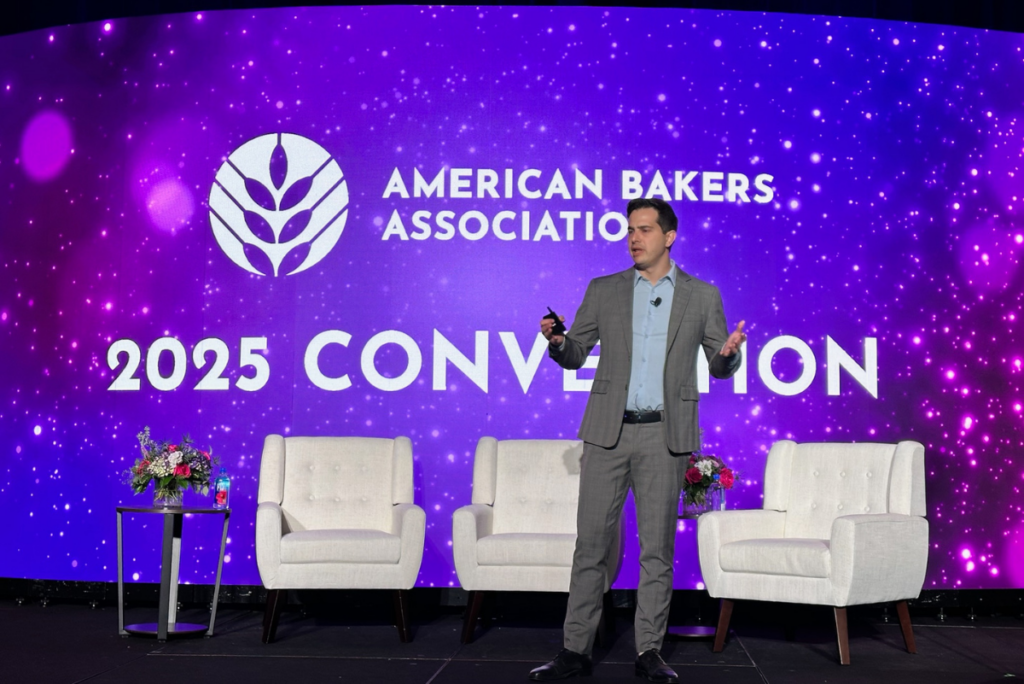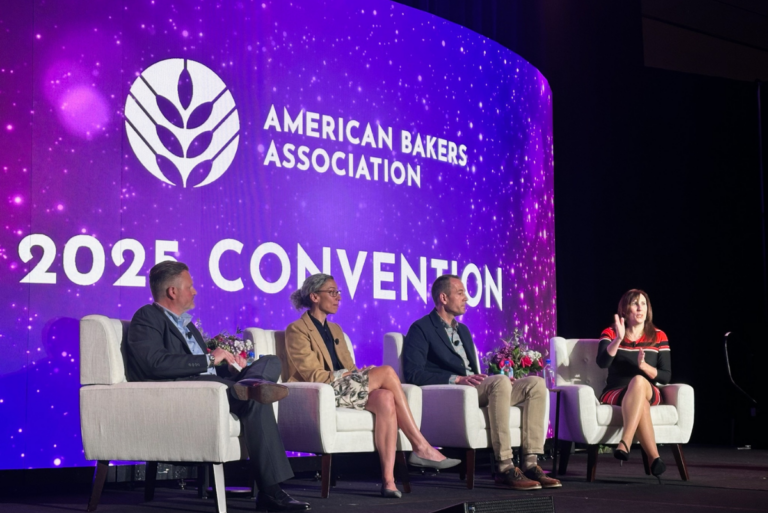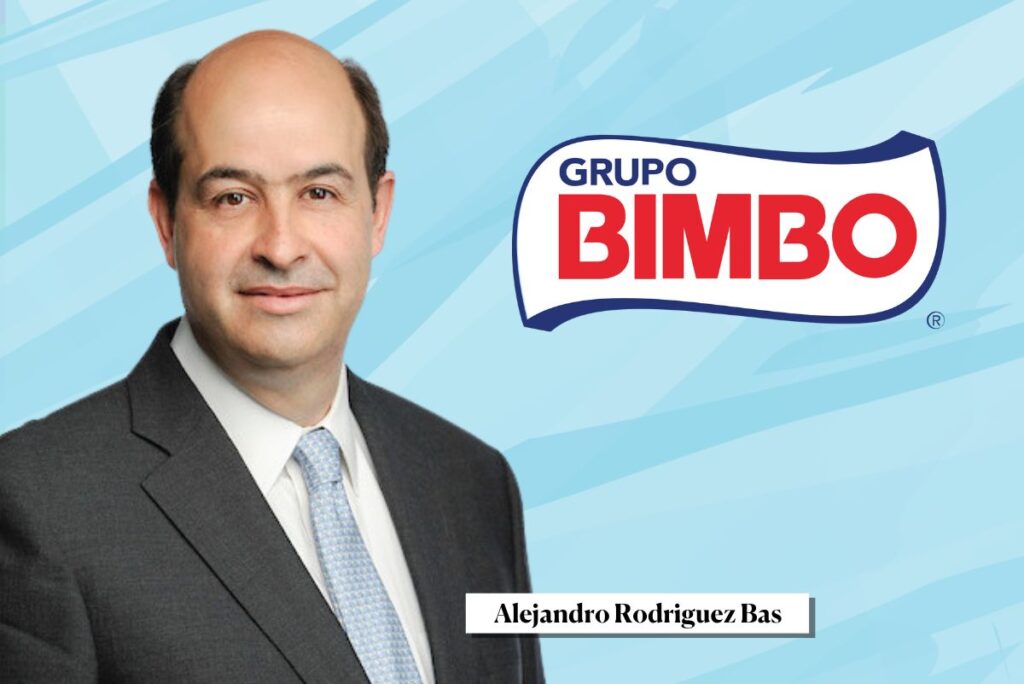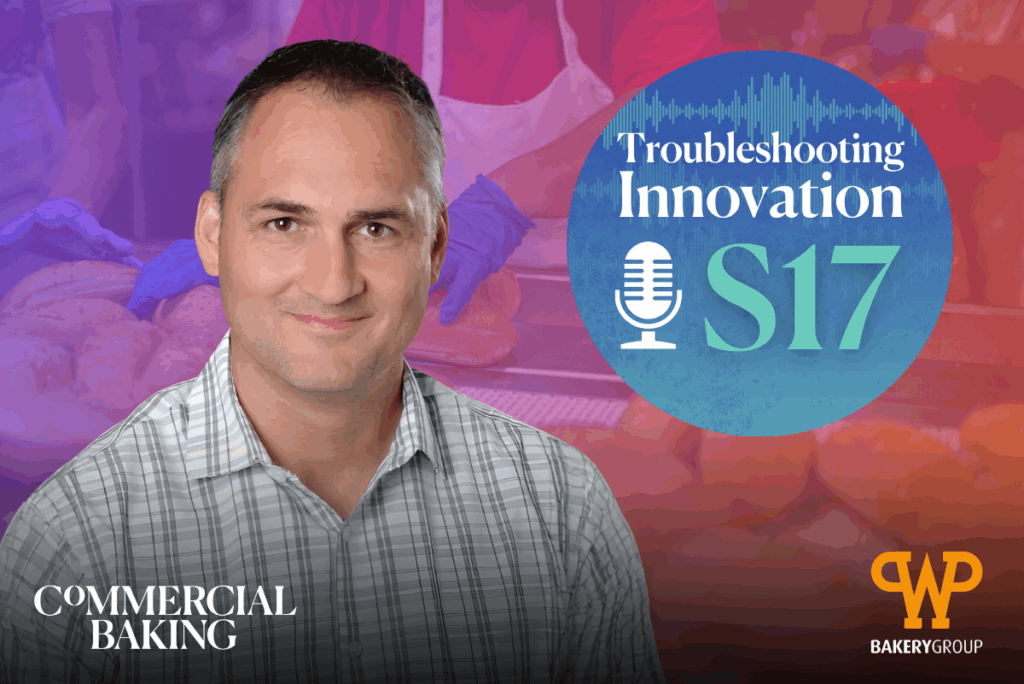ORLANDO, FL — When making a global mark on the commercial baking landscape, it’s important to consider the differences in North American and European markets. Of course, baked goods are purchased and consumed in relatively the same manner, but the amount and type differ exponentially.
These differences provide white space for North American and European bakeries to innovate and expand into new, intercontinental markets. JP Frossard, VP, consumer foods analyst at Rabobank, shared strategies bakers use — and challenges they face — when breaking into these spaces in the “Baking Across the Pond: Current European Trends” business session during the American Bakers Association (ABA)’s 2025 Convention, held March 23-26 in Orlando, FL.










